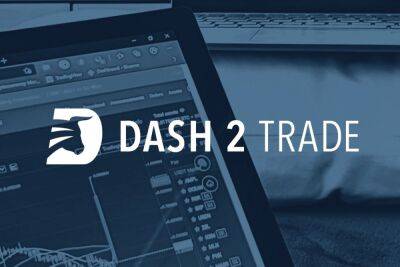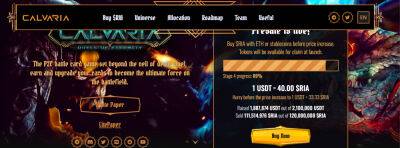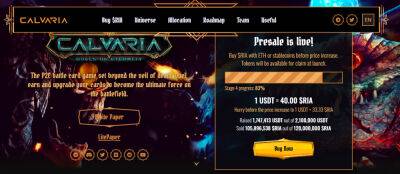What is a Helium miner and how does it work?
Mining helps verify the legitimacy of transactions conducted via a blockchain network such as the Bitcoin blockchain. Miners can start mining cryptocurrencies using hardware like a central processing unit (CPU) or application-specific integrated circuits (ASICs). Alternatively, they can use smartphones powered by Android and iOS systems to mine the cryptocurrencies of their choice.
But, how about mining cryptocurrencies via a decentralized wireless network? Strange it may sound, but miners can now mine cryptocurrencies without relying on expensive infrastructure. Helium Network has made it possible by allowing nodes to act as hotspot devices.
This article will discuss the Helium ecosystem, Helium mining, HNT hotspot miner and how does a Helium miner work?
Helium is a dispersed network of hotspots that offers LoRaWAN-capable Internet of Things (IoT) devices, a long-range wireless service that is publicly accessible by global citizens. LoRaWAN stands for Long Range Wide Area Network, and IoT devices may communicate with one another via LoRa thanks to the open LoRaWAN protocol. IoT devices are smart “gadgets” that connect to a network and exchange data, offering a more comprehensive range of connectivity than Wi-Fi.
Helium blockchain was developed exclusively to encourage the development of real, decentralized wireless networks. With Helium, anyone can own and manage a wireless IoT network using a unique, portable radio router known as a hotspot. Hotspots are wireless plug-and-play devices that offer superior connectivity than WiFi.
Hotspots are used by miners to build The People’s Network, a long-range wireless network that provides coverage for IoT devices with meager power requirements in
Read more on cointelegraph.com cointelegraph.com
cointelegraph.com









